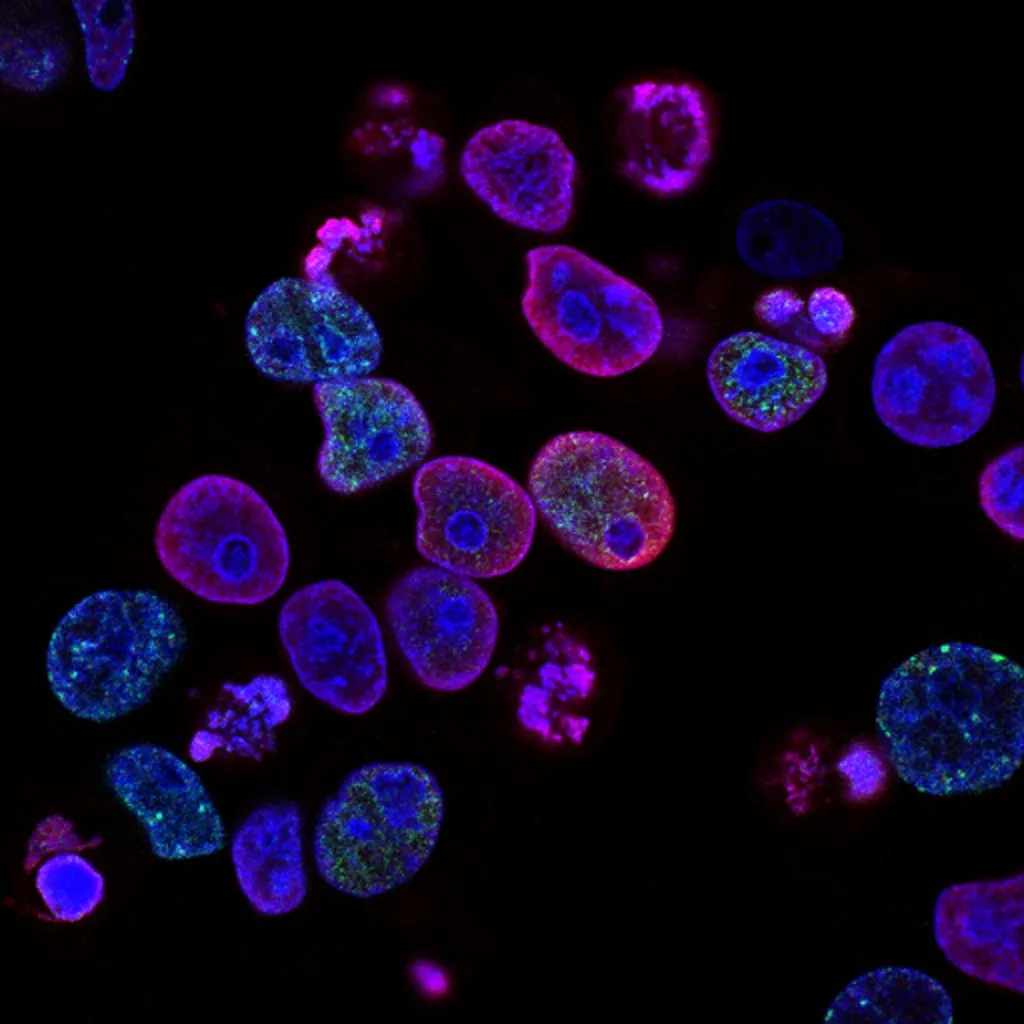AI in Healthcare: Computer Vision Can Diagnose Cancer
Blog: NASSCOM Official Blog

While the commercial sector such as retail and automobile continue to reap maximum benefits from AI, it has seeped into almost all verticals today. From a bird’s eye view, if anyone was to explain how AI works, they can say that a complex interaction of machine learning, big data, and analytics applicable on technologies such as computer vision, speech recognition, etc. delivers potential results.
However, on the World Cancer day, let’s take a look at how these technologies, specifically computer vision, can be useful for cancer diagnosis.
Computer vision (CV) and machine learning (ML) models are trained to understand images and data in a way that they can even execute action. This was something that was once considered only humans could do!
Consequently, tech-giants such as Amazon, Google, IBM, NVIDIA Microsoft, Facebook, etc. are all investing or have already invested millions into developing computer vision models for healthcare. According to research by Accenture, the AI health market size is set to grow to a whopping $6.6 billion by 2021.
As AI continues to evolve, it can augment traditional healthcare by detecting trends to enhance disease diagnosis. In fact, in some parts of the globe, it is already being used to detect diseases, such as cancer, more accurately and in their early stages.
Computer vision and machine learning offer tremendous potential in detecting precancerous lesions using the minutest details in tissue images, thereby increasing the sensitivity and accuracy of cancer screening tests, leading to efficient and timely treatment.
CV diagnoses Cancer by running algorithms and analysing data patterns from images. This was tested by a group of AI researchers, who extracted millions of small sections of images, labelled either as cancer or normal, and then used those to train their models to find the probability that a patch contains cancer, eventually creating tumour probability heatmaps.
Likewise, IBM Watson also achieved 91% success in skin cancer detection while Nvidia has also had success in deep learning assisted pathology and achieved a 92% successful detection using computer vision technology. Similar successful researches have been carried out by Stanford University and Massachusetts General Hospital too.
Furthermore, it can be used for non-invasive procedures such as image-guided radiotherapy or for tracking medication adherence using facial recognition.
In relevance to this discussion Kunal Kislay, CEO (Integration Wizards Solutions) says, “It’s not only prudent to understand the potential of AI in cancer detection but also other areas of healthcare. The application of computer vision technology will undoubtedly aid in faster diagnosis and efficient treatment for patients and reduce avoidable delays.” Thus, implementing such technology can save time and lives.
The post AI in Healthcare: Computer Vision Can Diagnose Cancer appeared first on NASSCOM Community |The Official Community of Indian IT Industry.
